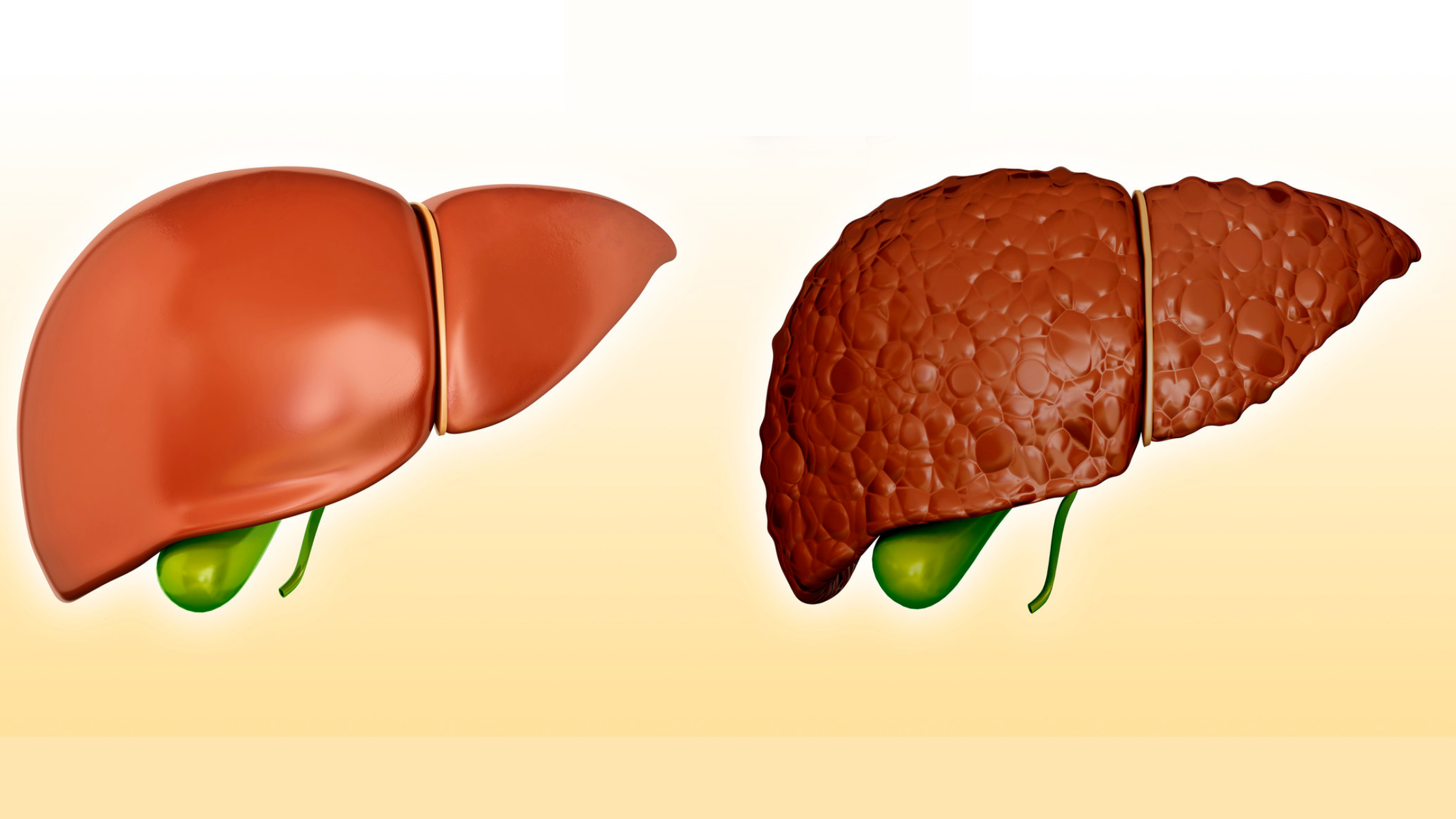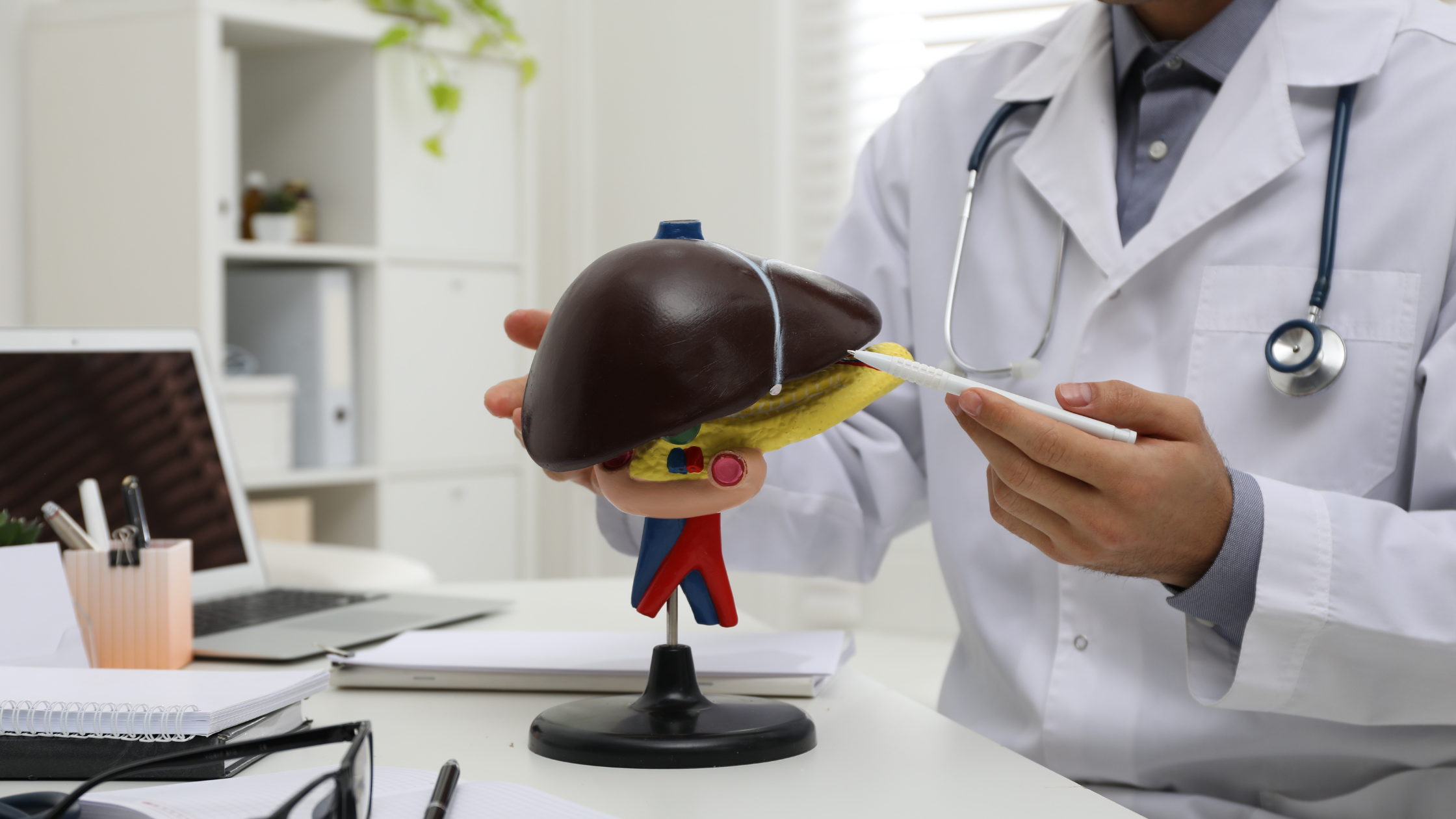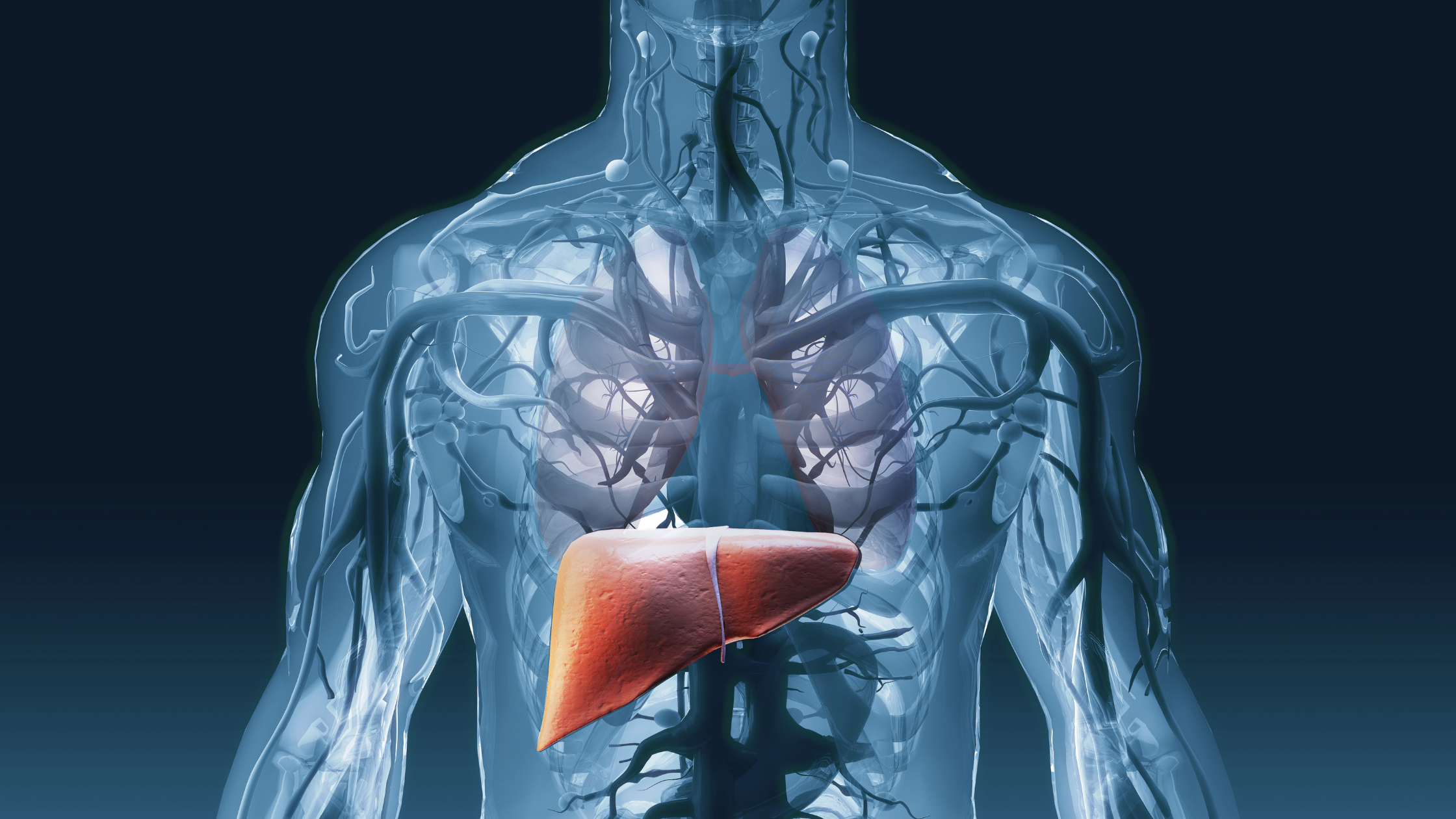What You Need to Know About Cirrhosis For The NCLEX Exam + Free Download

Understanding Cirrhosis (Liver Disease) is Crucial for the NCLEX Exam
Understanding the complexities of cirrhosis is crucial for nurses, as it is a prevalent condition that you will likely encounter in your future practice. In this blog, we will discuss all things cirrhosis. Covering its pathophysiology, signs, symptoms, nursing interventions, and more, providing you with the knowledge and confidence needed to excel in the NCLEX and excel as future nurses.
Cirrhosis (Liver Disease) Infarction Overview
- Chronic, irreversible liver disease.
- Inflammation and fibrosis of liver cells (hepatocytes) leads to the formation of scar tissue within the liver, this causes obstruction of hepatic blood flow and impedes the proper liver function.
General Information on Cirrhosis (Liver Disease)
- Impaired Liver Function
- The liver is sick so it is not functioning properly
- Impaired protein metabolism
- Increased drug toxicity because the liver
cannot metabolize - ↓ Coagulation factors, ↑ Ammonia levels, ↑
Bilirubin levels - ↑ LFT’s (ALT, AST, ALP)
- Impaired blood sugar regulation
- The liver is sick so it is not functioning properly
- Complications
- Hepatic Encephalopathy→ ↑ Ammonia causes edema in cerebral tissue
- Bleeding Risk→ ↓ Clotting factors
- Portal Hypertension→ Obstruction of blood flow increases pressure in the portal vein and it backs up into GI circulation
- Esophageal Varices→ Dilated, thin veins in the esophagus due to portal hypertension that can rupture and bleed→ life-threatening emergency
Nursing Assessment for Cirrhosis (Liver Disease)
- Malaise & general fatigue
- Anorexia
- Impaired protein metabolism
- Causes edema, ascites, and increased ammonia → Hepatic encephalopathy which will present with disorientation, altered LOC, and asterixis (flapping hand tremor)
- ↑ Bilirubin levels
- Jaundice with scleral icterus, dark urine, and clay-colored stools
- Inflammation
- Pain in RUQ
- Hepatomegaly
- Splenomegaly
- Portal hypertension
- Hemorrhoids
- Varicose Veins
- Esophageal varices can cause a massive GI bleed and vomiting blood
- Impaired Coagulation
- Anemia
- Bleeding
- Bruising easily
Therapeutic Management for Cirrhosis (Liver Disease)
- Medication
- Analgesics
- Vitamin K for clotting factors
- Antacids to ↓ irritation on the esophagus
- Lactulose to decrease ammonia levels
- Blood products if bleeding
- Diuretics to remove fluid
- Paracentesis to drain abdominal fluid
- Dietary Restrictions→ Fluid restriction, ↓Protein intake, ↓ Na intake
- Esophageal Varices
- Endoscopy → cauterize, clip, or band varices to prevent bleeding
- Sengstaken-Blakemore OR Minnesota tube – balloon inflated in the esophagus to put pressure on bleeding varices
Nursing Case Study for Cirrhosis (Liver Disease)
Patient Profile:- Name: Susan Johnson
- Age: 55
- Gender: Female
- Medical History: Chronic hepatitis C, alcohol use disorder
- Occupation: Administrative assistant

Chief Complaint:
Susan presents to the clinic with complaints of fatigue, jaundice, and swelling in her legs and abdomen for the past two weeks. She has been experiencing loss of appetite and has noticed that her urine has become darker in color.
Assessment Findings:
- Vital signs: Blood pressure 130/80 mmHg, Heart rate 88 bpm, Respiratory rate 18 breaths/min, Temperature 99.0°F (37.2°C).
- General Appearance: Pale and jaundiced skin.
- Abdomen: Distended with shifting dullness on percussion, tender hepatomegaly.
- Extremities: 2+ pitting edema in both legs.
- Neurological: Mild confusion and forgetfulness.
- Lab Results: Elevated liver enzymes, prolonged prothrombin time (PT), decreased albumin levels, positive for hepatitis C antibodies.
Nursing Interventions:
- Assess Vital Signs: Monitor blood pressure, heart rate, respiratory rate, and temperature regularly to identify any changes in the patient's condition.
- Fluid Balance: Monitor intake and output, daily weights, and assess for signs of fluid overload or dehydration.
- Pain Management: Administer prescribed pain medications to relieve abdominal discomfort and monitor their effectiveness.
- Nutrition: Collaborate with a dietitian to plan a low-sodium, high-protein diet to meet Susan's nutritional needs and manage ascites.
Plan of Care:
- Monitor vital signs every 4 hours and assess the patient's level of consciousness and orientation.
- Restrict fluid and sodium intake to manage ascites.
- Administer diuretics as prescribed to reduce fluid retention.
- Educate Susan on the importance of adherence to her treatment plan and the consequences of alcohol use.
Outcome:
With a comprehensive nursing plan of care, Susan's condition stabilizes. The patient's edema and ascites reduce, and her liver function improves as she adheres to the prescribed treatment and abstains from alcohol. Regular follow-up appointments and continued support from the healthcare team and her loved ones are essential to ensure Susan's continued success in managing her cirrhosis and improving her quality of life.
Struggling to keep up in class?
The Nursing School Survival Package gives you a daily plan, visual cheatsheets, and everything you need to stop falling behind.
👉 Get the system that actually works →
You CAN Do This
Happy Nursing!







